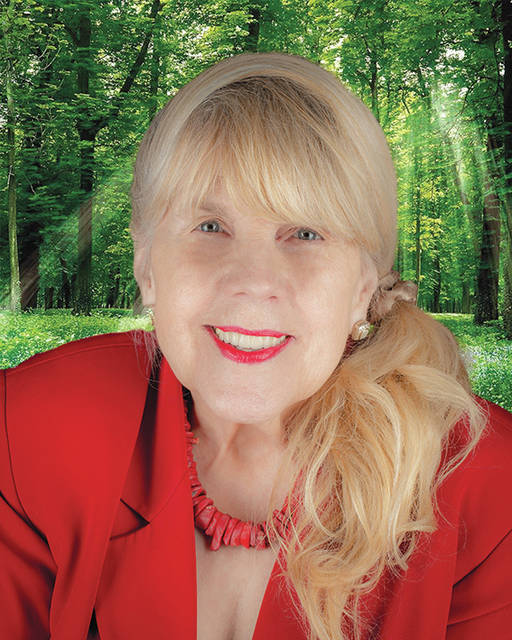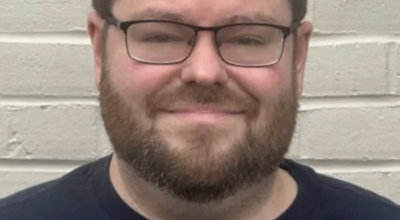Don’t forget to schedule a mammogram
Published 12:14 pm Friday, January 24, 2020
By Vivian Blevins
Columnist
A plethora of words are used to describe female breasts — jugs, bazookas and headlamps, as well as some more derogatory ones.
And from the time we are young girls, we know the importance breasts have in our culture. We realize that size is important: no pancakes and no huge drooping breasts. We also know that shape is important, and we are teased by our brothers when we get our first bra. We soon realize that in spite of the “Me Too” movement, the boys in our sixth-grade class notice as well. Some comment, and a few of the more daring ones will sneak up behind us and flip our bras.
Our mothers tell us to stand up straight when we want to embrace ourselves by putting our arms over our chests. Time, however, passes and we learn to accept our size and shape even though most of the television and movie starlets look as if they “have had some work done” as our mothers politely word it.
So we use our friend the Internet and learn that about 4 percent of American women have breast implants. At that site, we find an ad for the reality television show “Botched” and turn to season 6 “Zombie Breasts.” All matters of insanity are there, including the patient whose implant came out while she was brushing her teeth.
We wonder about the costs, the procedures, and if we’re smart enough, the medical issues that can be associated with implants. Then we forget about the subject.
At a certain age, there is one thing, however, we cannot forget about, our monthly self-exams and regular mammograms. In January of each year I have my annual exam and wait for the letter telling me the outcome. As much as I dread going, I steel myself, make the appointment, and go. Mine was yesterday, and it was as miserable as it always is. At one point in the procedure, I said, “I can’t continue with this. I’ll need to come back.”
The technician’s response was, “Will it help if I brought you a chair?”
“Yes.”
Sitting made the gyrations required and the painful squeezing a bit easier. You see, breast issues are not new to me with my first surgery for 9 benign cysts at age 25. I’ve never had a malignancy , but all the scars remind me of possibilities as the percentage of American women, based on a host of factors (Visit a reliable site like the M.D. Anderson Cancer Center) will develop them. I’ve interviewed a dozen or so of these women and their stories range from denial to anger. And a few of their relatives have related the ultimate outcome- death.
Early detection and treatment are essential, and that’s why monthly self-examinations, and an annual mammogram for women over age 40 are important. There’s also, for example, the issue of abnormalities in BRCA 1 and BRCA 2 genes along with many other factors which can impact a woman’s chances of developing the disease. Exploring family history and managing risk are critical.
The understanding and kindness of technicians who perform the procedures are important for this uncomfortable procedure. An uncaring technician and an uncomfortable procedure, however, are not reasons to neglect this.
The 3-D examination, approved by the U.S. Food and Drug Administration in 2011, is now available, and some insurances cover this. It is in the best interest of women and health insurance companies that they do as the price women and companies pay when exams are delayed and the disease has progressed so significant.
As I left the facility yesterday, I asked the technician when there would be a more comfortable way to do these screenings. Her response, “They’re working on it, and whoever designs it is going to make a lot of money and make lots of women happy.”
As I walked to the parking lot, I said to myself, If men had to go through this annually there would have been an improved procedure a long time ago. Enough said.







